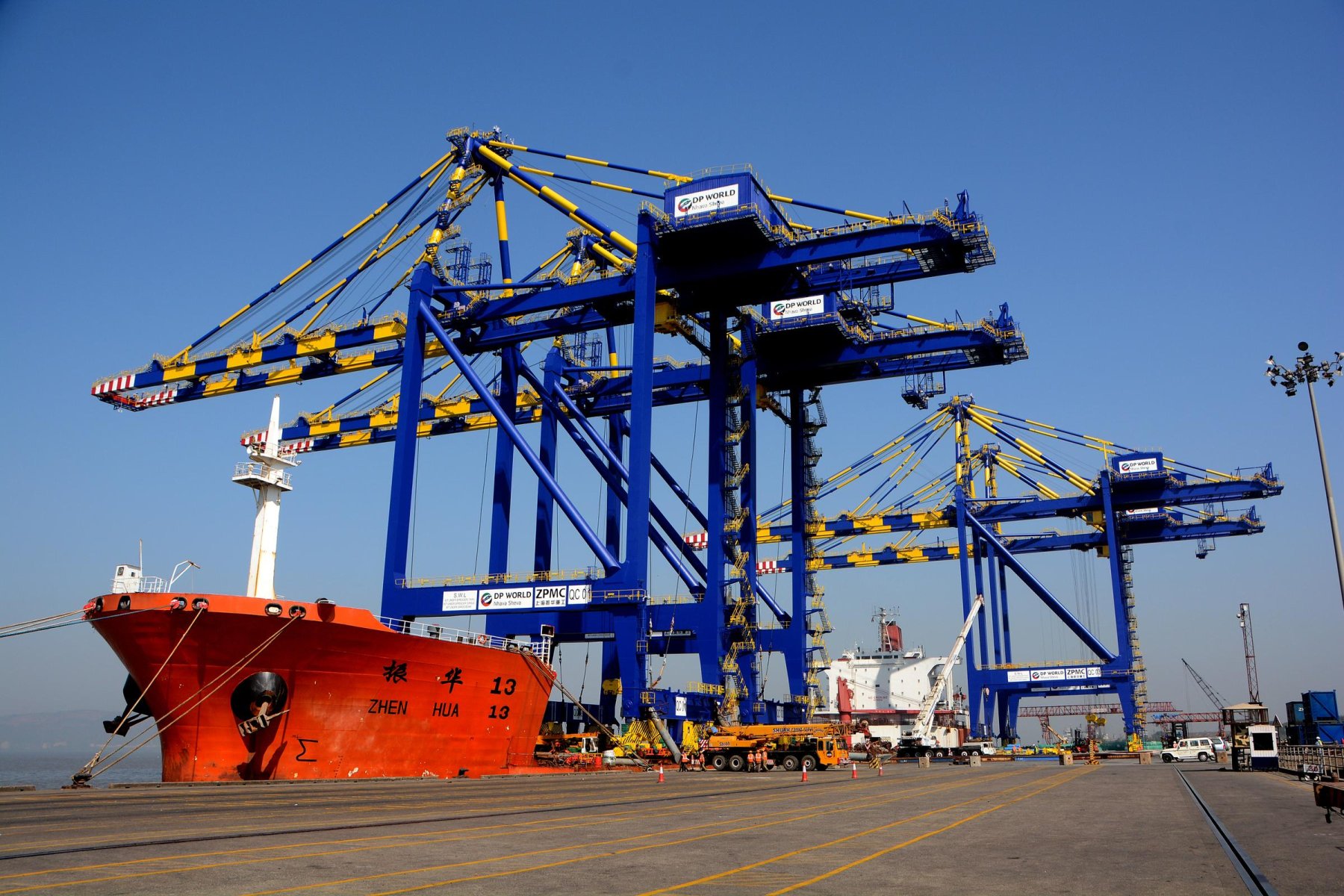It's easy to use straightforward definitions of these two logistics terms because your business deals with many parties to trade processes on a daily routine basis. Let's clarify right away:
A shipper (consignor) is an individual or legal entity that submits cargo documents for carriage.
In turn, the consignee is also either an individual or a legal entity that is specified in the transportation documents. The consignee, on behalf of the shipper, receives the goods at the destination point and fills out the transportation documents.
By the way, one and the same person, according to the law, can be both a shipper and a consignee. How is this possible, and how does it happen in practice? In this article, we will analyze the aspects of applying the statuses of "shipper" (“consignor”) and "consignee" in transportation documents for a clearer understanding of logistics processes.
Shipper’s obligations
Let's take a closer look at the role of the shipper in the logistics process:
- Manage and ensure compliance with cargo documentation. At the point of destination, it is necessary to obtain certificates with permits for customs clearance of the goods being shipped, if necessary, certificates of origin (issued by the Chamber of Commerce and Industry of the exporting country), and medical certificates (if you need to provide the document, contact the local health department).
- Delivery to the point of departure and shipment of goods from one. The shipper is fully responsible for the transportation of the goods from the warehouse to the point of departure (including loading and unloading operations).
- Provision of transport documents to the consignee. At the point of shipment, you receive a bill of lading and a consignment note from the freight forwarder, and in return, you send the consignee an invoice for payment, a packing list, any certificates, and other documents for payment of customs duties and taxes.
- Cargo transportation insurance and warranty conditions. Payment of the fees is made either by both parties or by any chosen one. This is carried out in accordance with the specified type of Incoterms. For example, if the contract specifies DDP (Delivery with Duty), the shipper is responsible for the costs of customs services for export and import.
Consignee’s obligations
What are the legal responsibilities of the consignee?
- Documentation obligations. The consignee is indicated as an individual or legal entity in the agreement on the carriage of goods concluded between him and the shipper.
- Interaction with the carrier takes place to track the cargo on the route on its platform or directly on SeaRates.com, but also to transfer the bill of lading and related transport documents to receive the cargo from the destination.
- Engage a notify party as needed. In the case where the consignee is not present at the destination to receive the goods on time, such a logistics entity as a notify party is involved in going through customs procedures and verifying the integrity of the cargo.
- Customs procedures. At the port of destination, the consignee (or a third party appointed by him) becomes responsible for customs procedures, payment of relevant duties, taxes, etc.
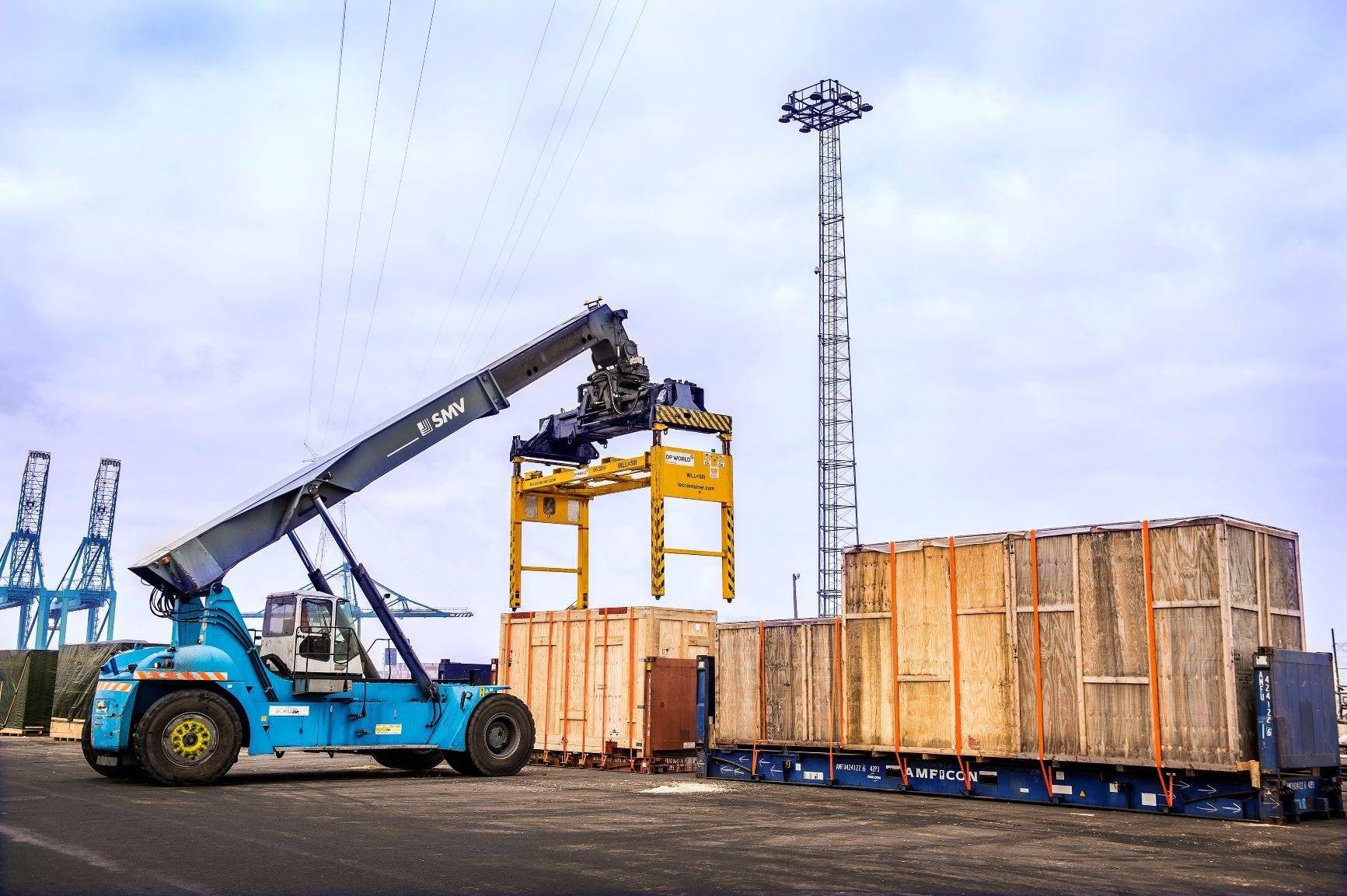
A practical example of the use of the terms "shipper" and "consignee"
Your business manufactures and sells vehicle parts to international destinations. Now you have to ship your last consignments to several factories in China before Christmas. As a shipper, you enter into a transport agreement with the consignee companies. At this stage, you can proceed to select a reliable carrier, shipping line, or freight forwarder for multimodal or line transportation for the best tariff possible. How easy is it for SeaRates users?
There are two ways to create a shipping request and get a quote:
The first is through the Logistics Explorer tool, which contains a comprehensive set of freight calculator functions. Do you need a freight rate tailored to your cargo specifics and transport requirements? Fill in the details of the route to get many options for the best possible tariffs on markets at this moment. Compare the cost, choose among the offers from reliable carriers, and book a carriage with the possibility of further instant payment.
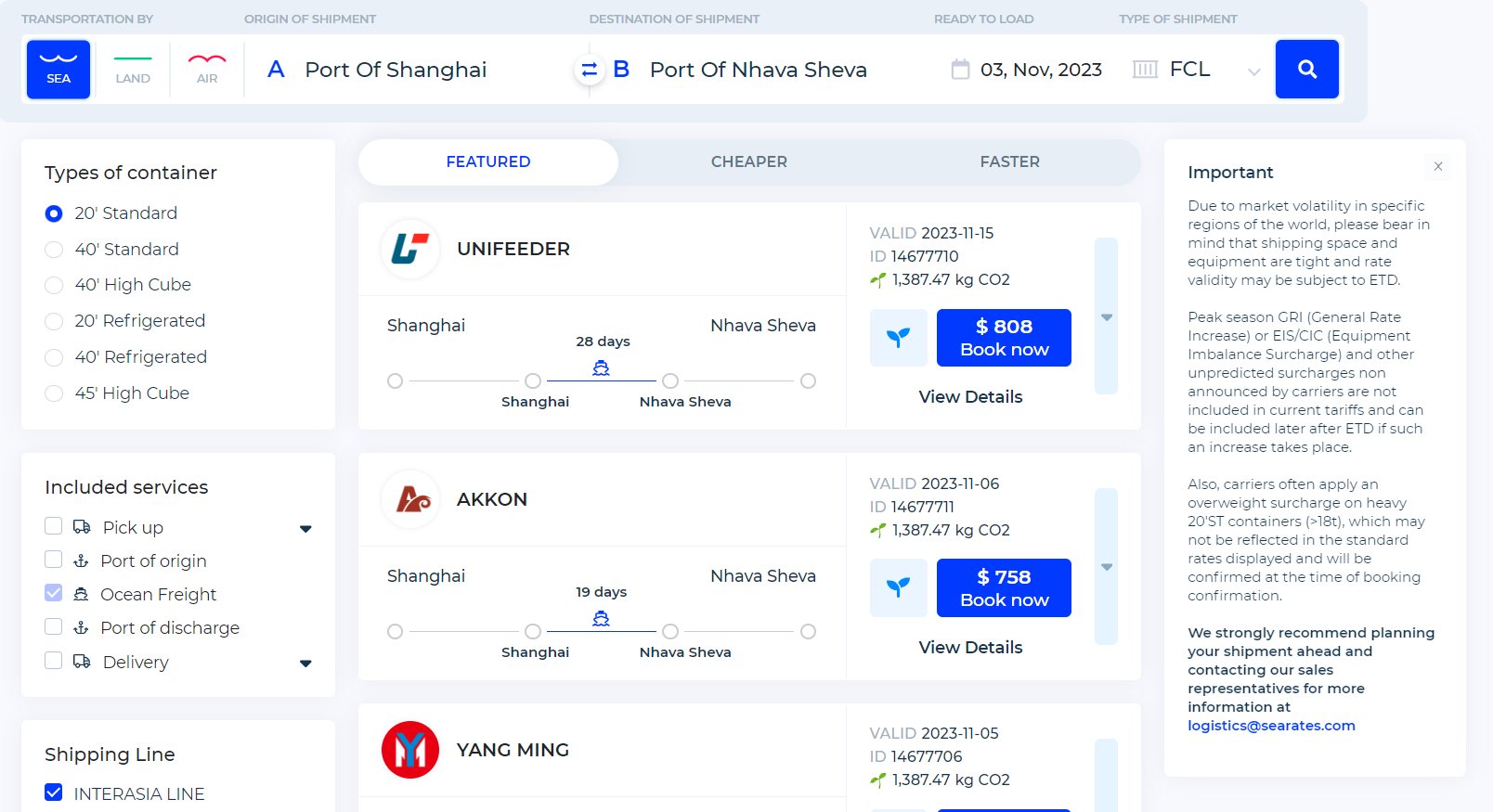
The second option is to directly get in touch with the SeaRates team via the Request a Quote form. In less than a minute, you can specify all the basic requirements for transportation. You have the opportunity to fill in all the details and then receive options for quoting your shipment from SeaRates Customer Support.
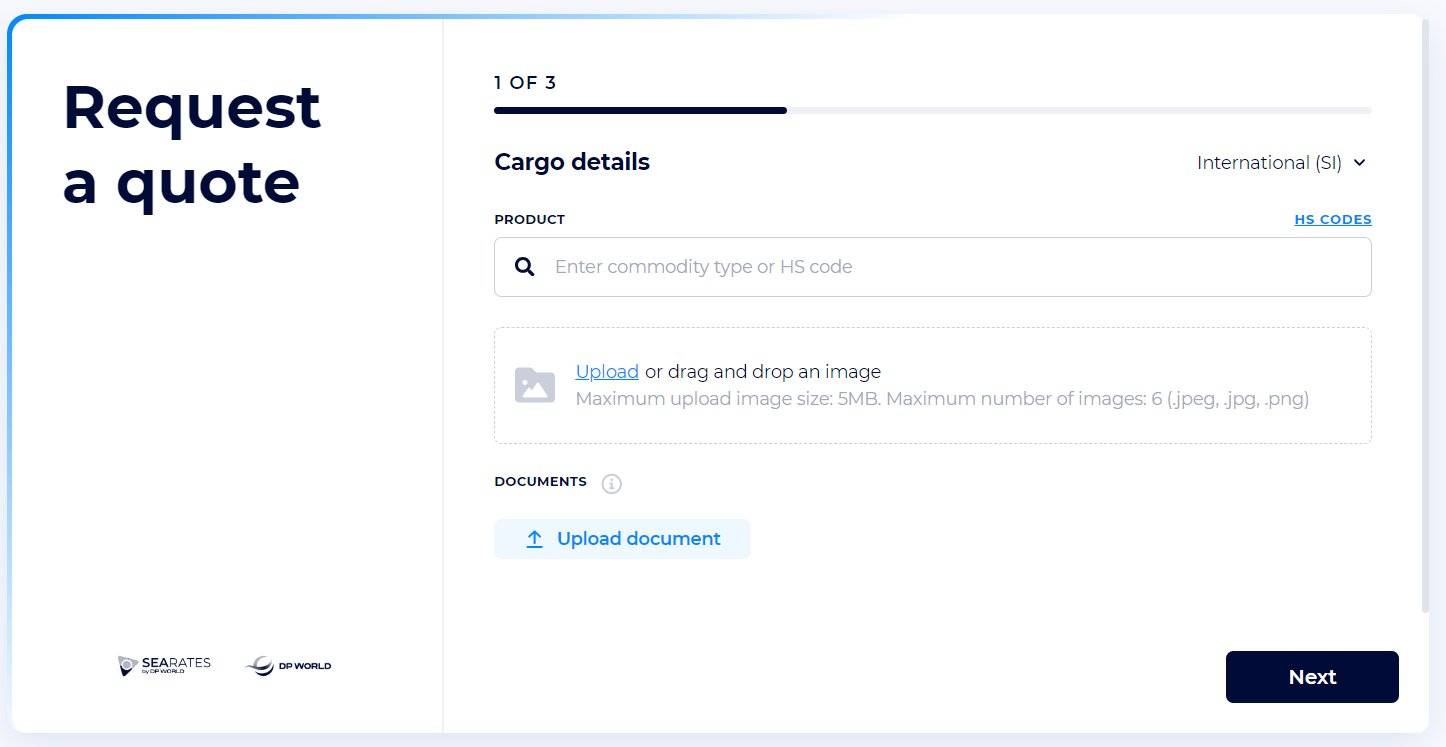
Moreover, your request, as well as requests from shippers around the world submitted through SeaRates.com, will be placed on an interactive map in the Logistics Map tool according to the geography of the request:
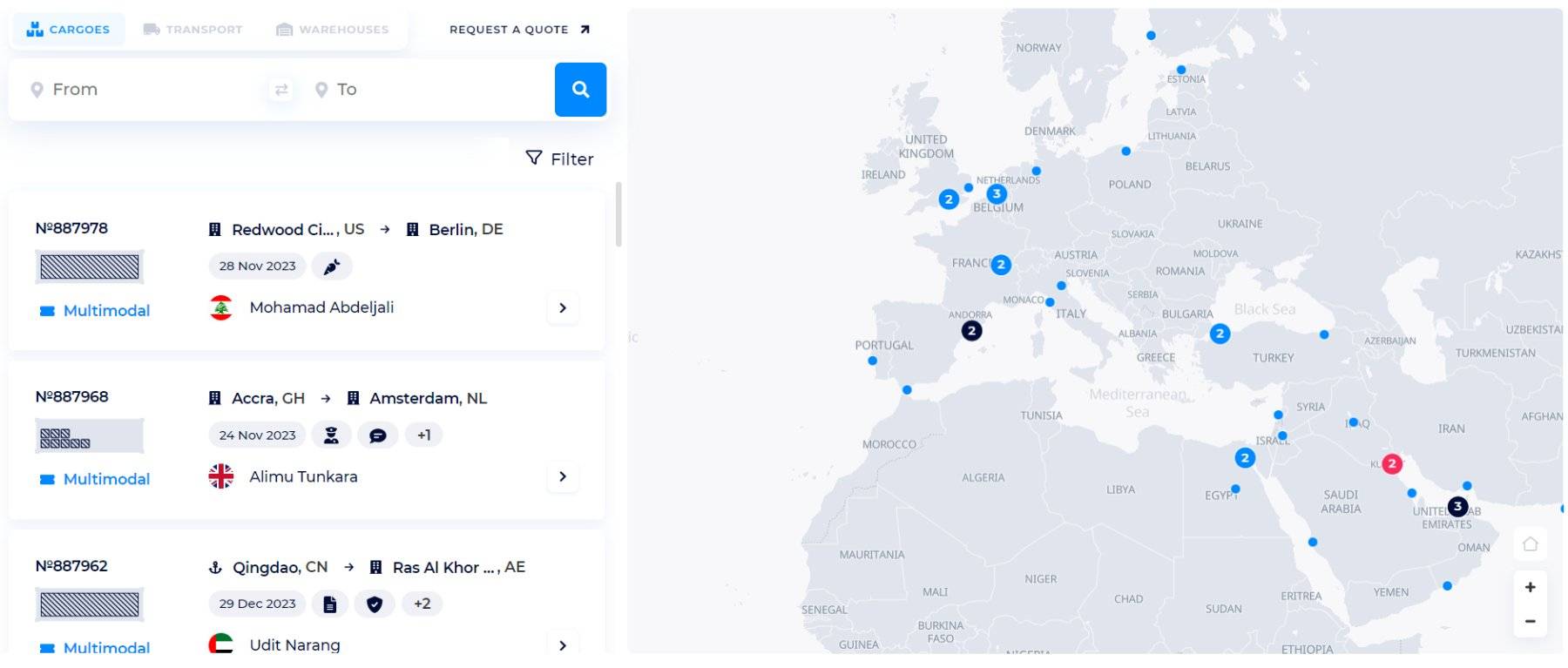
Moving on to the practical simplification of logistics, it is worth noting that you can fill in and submit such a document as a Shipper's Letter of Instruction (SLI) — a note from the exporter to the freight forwarder (with instructions on how the cargo is shipped and where it is going).
Bottom line
Each party involved in logistics operations demands high-quality logistics services without overpaying top dollar. It is always better to optimize logistics with convenient IT tools for shipping than to plunge into the chaotic process of preparing shipments, especially during this pre-holiday period.
There are many ways to ensure the safe delivery of your cargo, such as turning to a shipper's agent, but which option is best for your streamlining? On the SeaRates.com global marketplace, shippers, consignees, carriers, and other transportation providers receive personal extensive logistics assistance.
Contact the SeaRates team at logistics@searates.com for meaningful consultation and full handling of your shipments to the port or your customers' doorstep.

